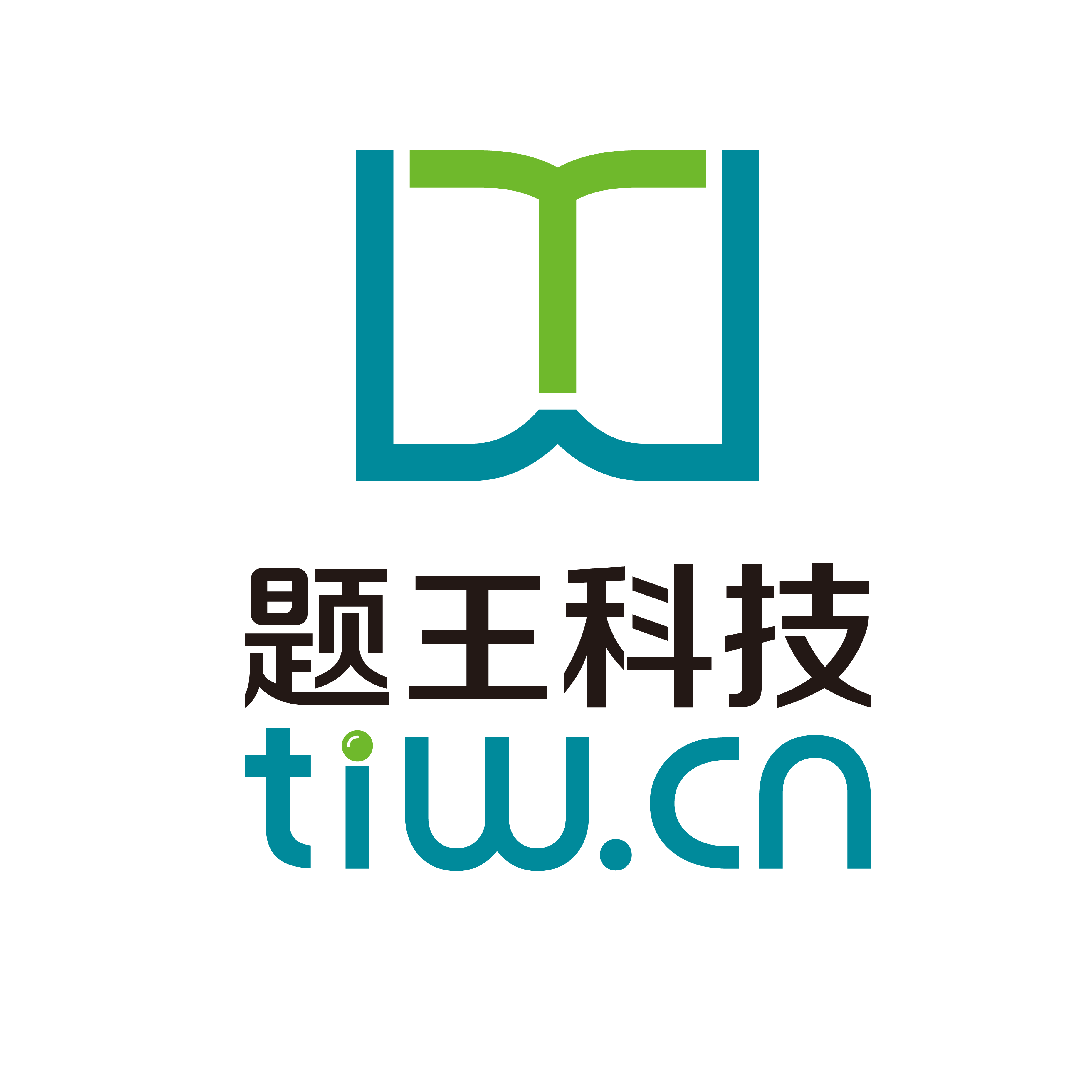 单选题
单选题
以下城市中,()是铁路枢纽城市。
发布日期:2022-07-04

常州市
株洲市
徐州市
宜昌市
试题解析
铁路枢纽
铁路枢纽是指在铁路网的交汇点或终端地区,由各种铁路线路、专业车站以及其他为运输服务的有关设备组成的总体。铁路枢纽是铁路网的一个组成部分。
- 中文名
- 铁路枢纽
- 组成
- 铁路线路、专业车站等
- 作用
- 供应运输动力等
- 外文名
- railway center
- 类型
- 路网性铁路枢纽等
- 学科
- 公路交通科学技术
城市
《城市》是张悬2009年发行的专辑,共收录了10首歌曲。专辑的制作人由张悬担任,和团员一手包办了词曲、编曲、制作。2010年,这张专辑获得了2009年度中国TOP排行榜音乐之声推荐唱片奖、第十届华语音乐传媒大奖夏季十大专辑奖。
- 中文名
- 城市
- 专辑语言
- 华语
- 曲目数量
- 10
- 音乐风格
- 摇滚
- 制作人
- 张悬
- 介质
- CD
- 外文名
- The City
- 专辑歌手
- 张悬
- 发行时间
- 2009-05-22
- 唱片公司
- 索尼音乐
- 获得奖项
- 第十届华语音乐传媒大奖夏季十大专辑
标签: "暂无标签"

题王网让考试变得更简单
扫码关注题王,更多免费功能准备上线!

此试题出现在
实验动物设施选址时,其外环境的要求是什么?
Passage 8 Some people might want a “double tall skinny hazelnut decaf latte”, but Howard Schultz is not one of them. The chairman and “chief global strategist” of the Starbucks coffee chain prefers a Sumatra roast with no milk, no sugar and poured from a French press—the kind of pure coffee, in fact, favoured by those coffee snobs who sneer at Starbucks, not just for its bewildering variety of choice and flavours (55,000 different drinks, by the company’s count), but for its very ubiquity—over 10,500 locations around the world, increasing at a rate of five a day, and often within sight of each other. Starbucks knows it cannot ignore its critics. Anti-globaiisation protesters have occasionally trashed its coffee shops; posh neighbourhoods in San Francisco and London have resisted the opening of new branches; and the company is a favourite target of internet critics, on sites like www.ihatestarbucks.com. Mr. Schultz is watchful, but relaxed: “We have to be extremely mindful and sensitive of the public’s view of things... Thus far, we’ve done a pretty good job.” Certainly, as reviled icons of American capitalism go, Starbucks is distinctly second division compared with big leaguers like, say, McDonald’s. The reason, argues Mr. Schultz, is that the company has retained a “passion” for coffee and a “sense of humanity”. Starbucks buys expensive beans and pays its growers—be they in Guatemala or Ethiopia—an average of 23% above the market price. A similar benevolence applies to company employees. Where other corporations seek to unload the burden of employee benefits, Starbucks gives all American employees working at least 20 hours a week a package that includes stock options (“Bean Stock”) and comprehensive health insurance. For Mr. Schultz, raised in a Brooklyn public-housing project, this health insurance—which now costs Starbucks more each year than coffee—is a moral obligation. At the age of seven, he came home to find his father, a lorry-driver, in a plaster cast, having slipped and broken an ankle. No insurance, no compensation and now no job. Hence what amounts to a personal crusade. Most of America’s corporate chiefs steer clear of the sensitive topic of health-care reform. Not Mr. Schultz. He makes speeches, lobbies politicians and has even hosted a commercial-free hour of television, arguing for reform of a system that he thinks is simultaneously socially unjust and a burden on corporate America. Meanwhile the company pays its workers’ premiums, even as each year they rise by double-digit percentages. The goal has always been “to build the sort of company that my father was never able to work for.” By this he means a company that “remains small even as it gets big”, treating its workers as individuals. Starbucks is not alone in its emphasis on “social responsibility”, but the other firms Mr. Schultz cites off the top of his head—Timberland, Patagonia, Whole Foods—are much smaller than Starbucks, which has 100,000 employees and 35m customers. Indeed, size has been an issue from the beginning. Starbucks was created in 1971 in Seattle’s Pike Place Market by three hippie-ish coffee enthusiasts. Mr. Schultz joined the company only in1982. Inspired by a visit to Milan in 1983, he had envisaged a chain of coffee bars where customers would chat over their espressos and cappuccinos. Following his dream, Mr. Schultz set up a company he called “Il Giornale”, which grew to a modest three coffee bars. Then, somehow scraping together $ 3.8m (“I didn’t have a dime to my name”), he bought Starbucks from its founders in 1987. Reality long ago surpassed the dream. Since Starbucks went public in 1992, its stock has soared by some 6,400%. The company is now in 37 different countries. No doubt the coffee snobs will blanch at the prospect. Yet they miss three points. The first is that, thanks to Starbucks, today’s Americans are no longer condemned to drink the insipid, over- percolated brew that their parents endured. The second, less recognised, is that because Starbucks has created a mass taste for good coffee, small, family-owned coffee houses have also prospered (and no one has ever accused Starbucks, with its $ 4 lattes, of undercutting the competition). The most important point, however, is that Mr. Schultz’s Starbucks cultivates a relationship with its Customers. Its stores sell carefully selected CD-compilations, such as Ray Charles’s “Genius Loves Company”. Later this year the company will promote a new film, “Akeelah and the Bee”, and will take a share of the profits. There are plans to promote books: Customers can even pay with their Starbucks “Duetto” Visa card. Short of some health scare that would bracket coffee with nicotine, there is no obvious reason why Starbucks should trip up, however ambitious its plans and however misconceived the occasional project. Mr. Schultz says: “I think we have the licence from our customers to do more.” The key is that each Starbucks coffee house should remain “a third place”, between home and work, fulfilling the same role as those Italian coffee houses that so inspired him 23 years ago. 1. What does the author mean by “Starbucks is distinctly second division compared with big leaguers like, say, McDonald’s”? According to Mr. Shultz, what is the reason for that? 2. What is Mr. Schultz’s “personal crusade”? What made him so devoted to it? 3. What does Mr. Shultz mean by “I think we have the license from our customers to do more”? (Para.10). Give some examples.
下列关于《我的世界观》的描述,正确的有()
第一次社会大分工以后,出现了从事农耕业生产的人类固定居民点,那就是()。
公路工程施工前应逐级进行安全技术交底,主要包括()等内容。
间接税
对特殊原因造成的财产损失,其追补确认期限经国家税务总局批准后可适当延长。其“特殊原因”包括()。
产后出血的病因诊断有哪些?
不属于喷涂三原则的是()
按国内通用补液公式,第1个24小时补液量:成人每百分之一Ⅱ、Ⅲ度烧伤面积每千克体重补充晶体液应为()。
2022年度注册城乡规划师职业资格考试顺延至11月26日、27日举行
2022年度湖南省注册城乡规划师职业资格考试考务工作的补充通知
2022年度山西省注册城乡规划师职业资格考试补充公告
注册城乡规划师职业资格考试顺延至10月29、30日举行
2022年度注册城乡规划师职业资格考试
2021年度注册城乡规划师资格考试湖南考区主观题成绩复核结果公告
清远市关于发放2021年注册城乡规划师资格证书的通知
关于发放佛山考区2021年度注册城乡规划师资格考试(纸质)资格证书的通知
关于2021年度注册城乡规划师职业资格考试(湘潭考区)考后人工核查合格人员名单公示
关于2021年度注册城乡规划师考试云南考区成绩合格、拟取得资格证书人员公示

